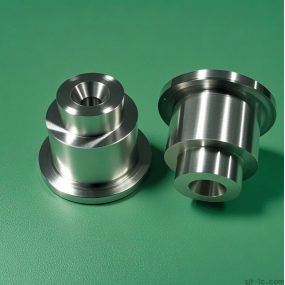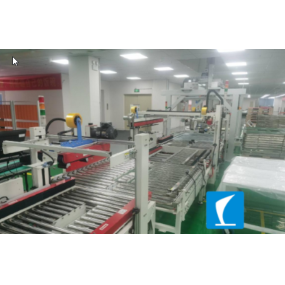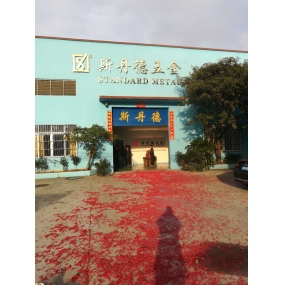What is 5-axis machining
This is a program that involves using CNC to simultaneously move cutting equipment or different parts on five different axes. This provides space for producing highly complex parts, which is why five axis CNC milling is widely used in aerospace operations. One factor that contributes greatly to the use of five axis CNC machine tools is the need to improve proficiency and reduce the production time required from the beginning of the actual process to completion.
Another influencing factor is the ability to provide space for quickly approaching the shape of parts by avoiding collisions with fixed equipment parts through rotating workbenches or cutting tools. Then, by rotating the worktable or cutting equipment to maintain optimal cutting orientation and common chip load, the equipment lifespan or lifespan can be increased.
Five axis machining
Five axis machining is a method of numerical control machining. The machining center we usually use is a three-axis machining center. 3-axis refers to the X-axis, Y-axis, and Z-axis of the machining center. A five axis machining center is a system that adds two rotational axes to the three common linear axes of X, Y, and Z, also known as the fourth and fifth axes. A. Two of the three axes B and C have different motion methods in a vertical machine to meet the skill requirements of various products.
The five main ways of a five axis machine
There are many types of five axis machine tools for horizontal machining centers, mainly including the following five methods: one is the double turn back method, where two rotating coordinates directly control the direction of the tool axis; 2. The downward rotation method has two coordinate axes at the top of the tool, but the rotation axis is not perpendicular to the linear axis; The third is the dual turntable method, where two rotation coordinates directly control spatial rotation; 4. Pendant workbench with two axes on the workbench, but the rotation axis is not perpendicular to the axis; The fifth one is one swing and one rotation, with two rotational coordinates, one on the tool and one on the workpiece.


 Spanish
Spanish Arabic
Arabic French
French Portuguese
Portuguese Belarusian
Belarusian Japanese
Japanese Russian
Russian Malay
Malay Icelandic
Icelandic Bulgarian
Bulgarian Azerbaijani
Azerbaijani Estonian
Estonian Irish
Irish Polish
Polish Persian
Persian Boolean
Boolean Danish
Danish German
German Filipino
Filipino Finnish
Finnish Korean
Korean Dutch
Dutch Galician
Galician Catalan
Catalan Czech
Czech Croatian
Croatian Latin
Latin Latvian
Latvian Romanian
Romanian Maltese
Maltese Macedonian
Macedonian Norwegian
Norwegian Swedish
Swedish Serbian
Serbian Slovak
Slovak Slovenian
Slovenian Swahili
Swahili Thai
Thai Turkish
Turkish Welsh
Welsh Urdu
Urdu Ukrainian
Ukrainian Greek
Greek Hungarian
Hungarian Italian
Italian Yiddish
Yiddish Indonesian
Indonesian Vietnamese
Vietnamese Haitian Creole
Haitian Creole Spanish Basque
Spanish Basque











